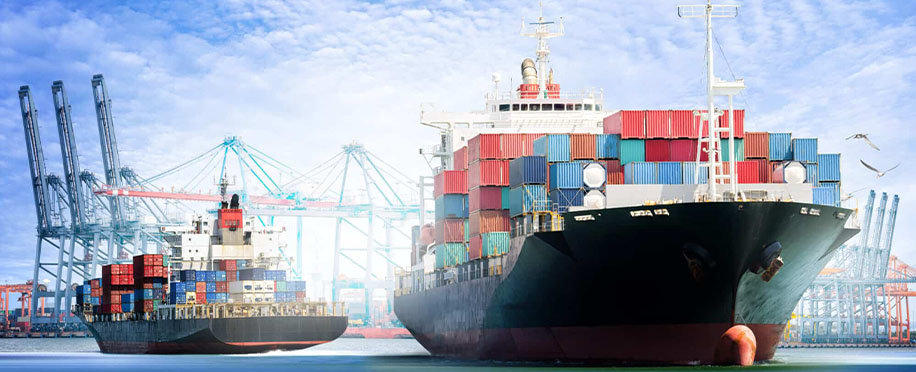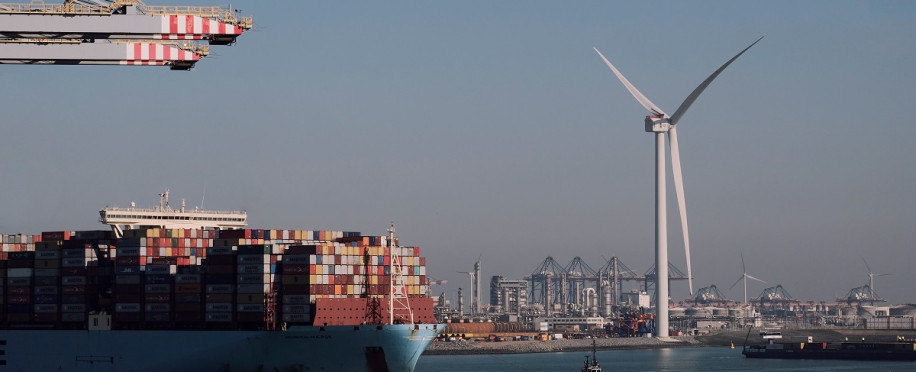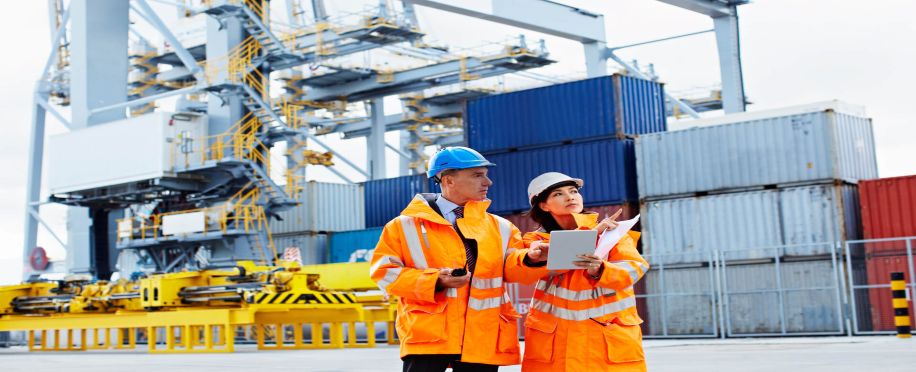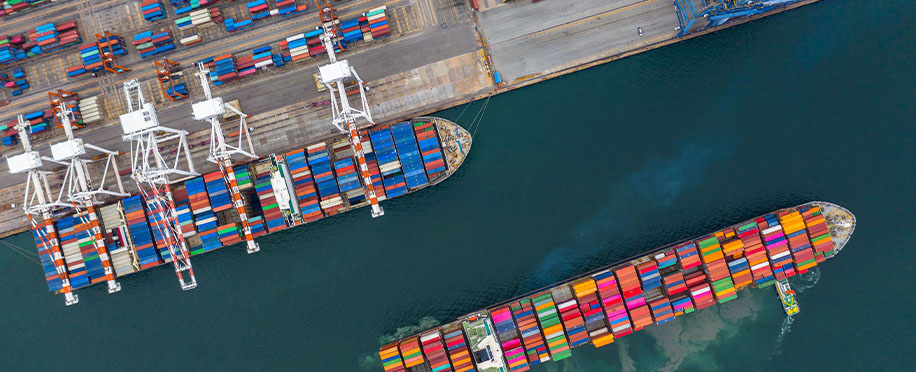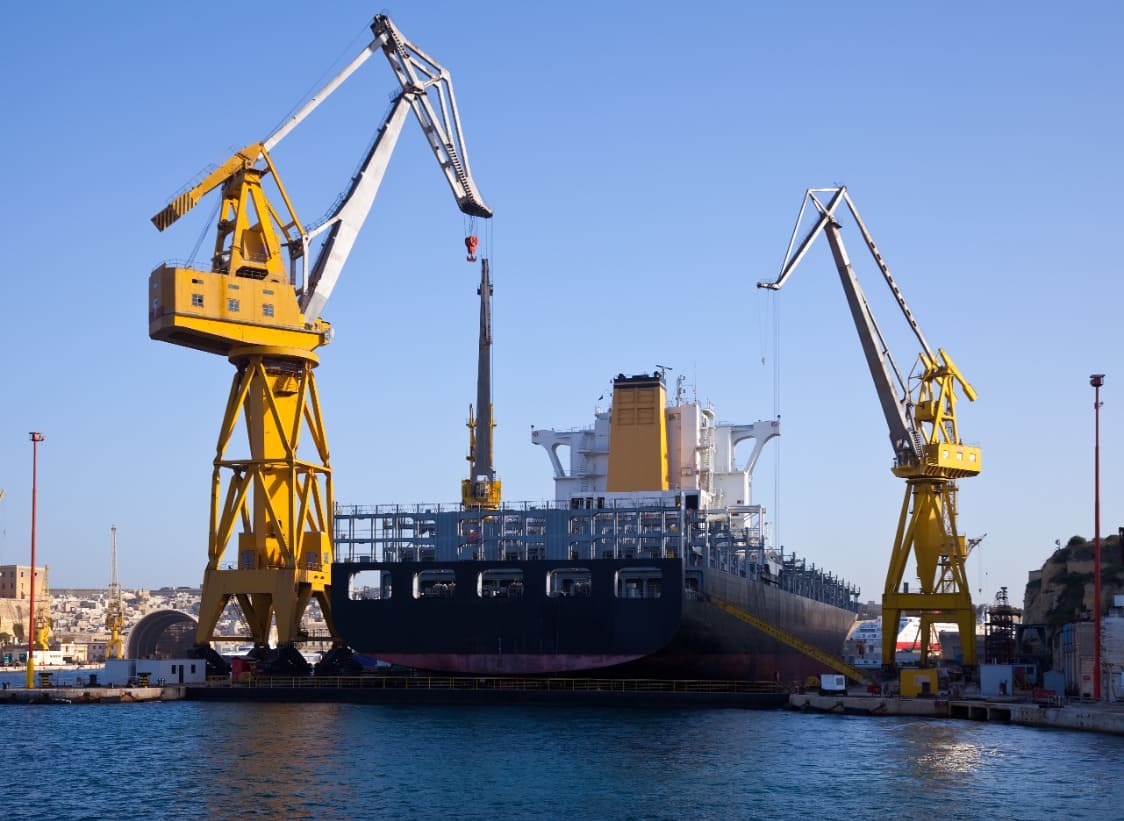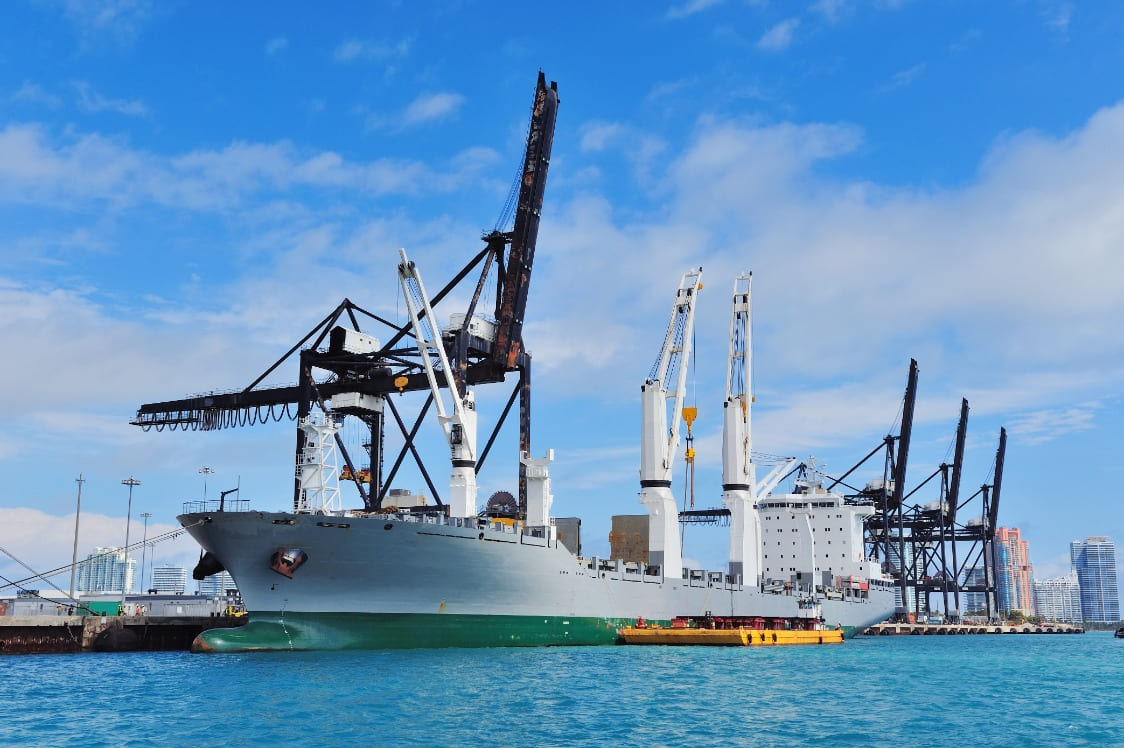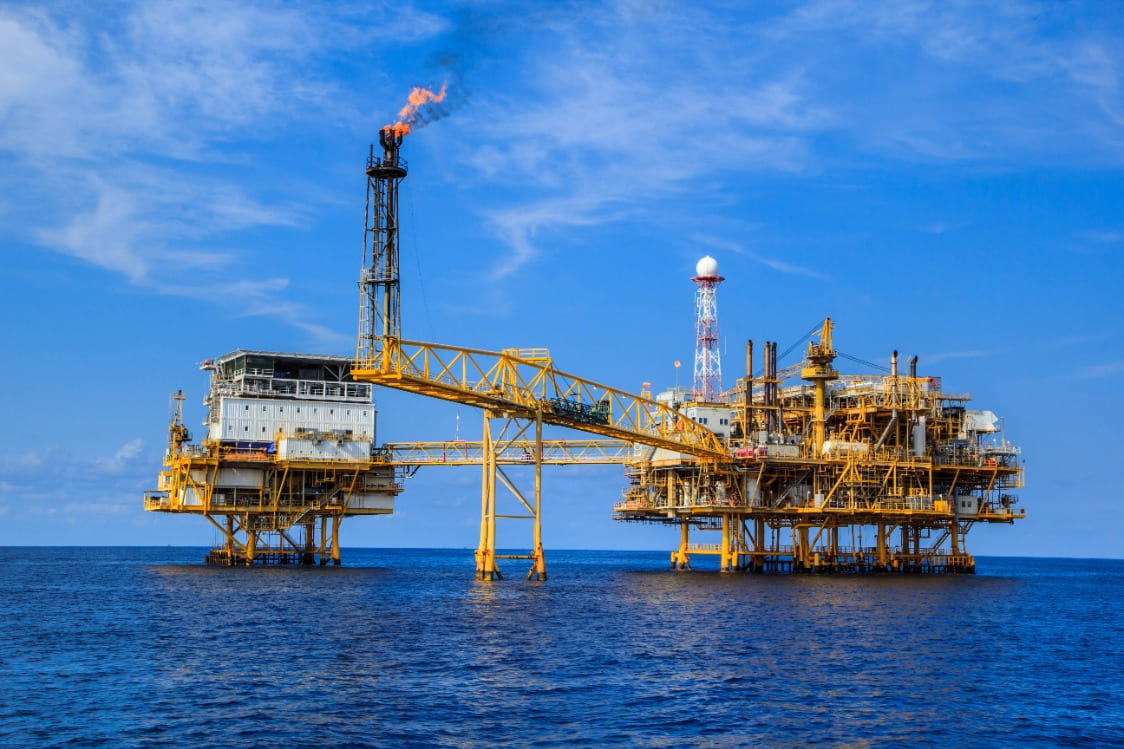Deep-Sea Mining: Opportunities and Environmental Challenges
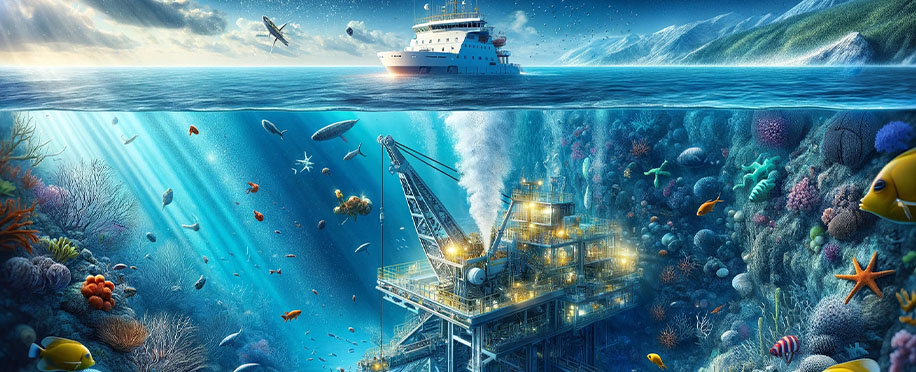
Posted on Nov 24, 2023 at 05:11 PM
All the developments and technologies in our modern life increased the need for critical minerals, which by default made the deep-sea mining process more required and popular.
Furthermore, deep-sea mining has been around since the 1960s; however, the increased interest in renewable energy and sea resources grew the need for this resource-rich operation.
If you need to understand the concept of deep-sea mining, then continue reading with us!
What Is Deep-Sea Mining?
The term deep sea mining refers to the process of retrieving mineral resources from the ocean floor. Moreover, researchers have shown that deep-sea mining is a potential source of mineral and metal resources, including copper, gold, silver, zinc, and rare earth elements.
Furthermore, it is a known fact that the process of deep-sea mining requires maritime professional training, and typically involves the use of remotely operated vehicles (ROVs) or autonomous underwater vehicles (AUVs) to explore and extract mineral deposits from the seabed.
While deep-sea mining has the potential to provide access to valuable resources, it also raises different environmental concerns; thus, there are ongoing debates and discussions about the environmental and social implications of deep-sea mining, especially regarding its significant economic impacts.
Three Main Types of Mineral Resources Targeted for Extraction:
The main goal of deep-sea mining is to reach these essential mineral resources and extract them:
-
Polymetallic nodules.
-
Polymetallic sulphides.
-
Cobalt-rich ferromanganese crusts.
Hidden Opportunities in Deep-Sea Mining:
Deep-sea mining is getting more and more importance in the world due to its excellent outcomes and empowerment of the renewable energy process, especially with all the efforts to lower GHG emissions by the IMO:
-
Many Resource Reserves:
Deep-sea mining helps us reach huge available reserves of valuable minerals such as copper, gold, and rare earth elements.
Additionally, the ocean floor contains vast deposits in the form of polymetallic nodules, sulphides, and ferromanganese crusts, providing new opportunities to meet the growing global demand for these resources.
-
Lower Carbon Footprint:
All the maritime studies have shown that compared to traditional land-based mining, deep-sea mining may have a lower carbon footprint.
Although extracting minerals from the ocean floor has environmental impacts, it eliminates the need for widespread land disruption and associated deforestation.
More than that, transporting minerals directly from the seabed to processing facilities can reduce the energy needed for transportation, leading to a more environmentally sustainable approach.
Deep-sea mining is still considered a growing business; thus, it is attached to potential economic growth due to the need to create new industries and job opportunities.
Moreover, nations investing in developing this frontier will undoubtedly achieve tremendous economic benefits that extend not only to the mining operations but also to related industries and local communities, fostering overall economic development.
Real Environmental Challenges in Deep-Sea Mining:
Despite the great benefits attached to deep-sea mining, some real concerns and challenges must be addressed and solved to get the best out of this process without badly impacting the environment:
-
Disrupt Ecosystems:
Deep-sea mining poses a significant threat to marine ecosystems, mainly through the disruption caused by removing polymetallic nodules and mineral-rich crusts.
Moreover, there are also attached risks to laying and maintaining the necessary infrastructure, such as pipelines and cables, which can lead to habitat destruction.
On the other hand, maritime coatings on mining equipment may also cause pollutants, affecting the balance of underwater ecosystems and marine life.
-
Sediment Plumes:
The extraction of minerals from the seabed generates sediment plumes, suspended particles that can travel long distances and settle on surrounding habitats. These plumes can smother marine life and change the composition of the seafloor.
Furthermore, the more turbidity there is, the more the marine environment is impacted. This could include affecting filter-feeding organisms and disrupting many species' feeding and breeding behaviours, leading to long-term ecological consequences.
-
Waste Disposal:
As with other operations, deep-sea mining operations also produce waste materials, like by-products from extraction.
However, the improper disposal of these wastes back into the ocean without any processing could lead to more pollutants and toxic substances. Moreover, it may harm marine life and cause a growth in marine pollutants.
-
Noise Pollution:
Deep-sea mining includes using underwater machinery, such as remotely operated vehicles (ROVs) and drilling equipment, that will undoubtedly generate significant noise pollution in the marine environment.
However, these high noise levels will surely disturb marine species and impact their basic behaviours, such as mating, feeding, and migration, affecting deep-sea ecosystems' overall health and sustainability.
Last but not least,
Although deep-sea mining is a process with great potential for the world, we must consider the challenges and impacts on marine life before we can continue investing in it.
Thus, investment in the development and growth strategies to solve all these concerns must be considered before any more considerable industrial investments.
